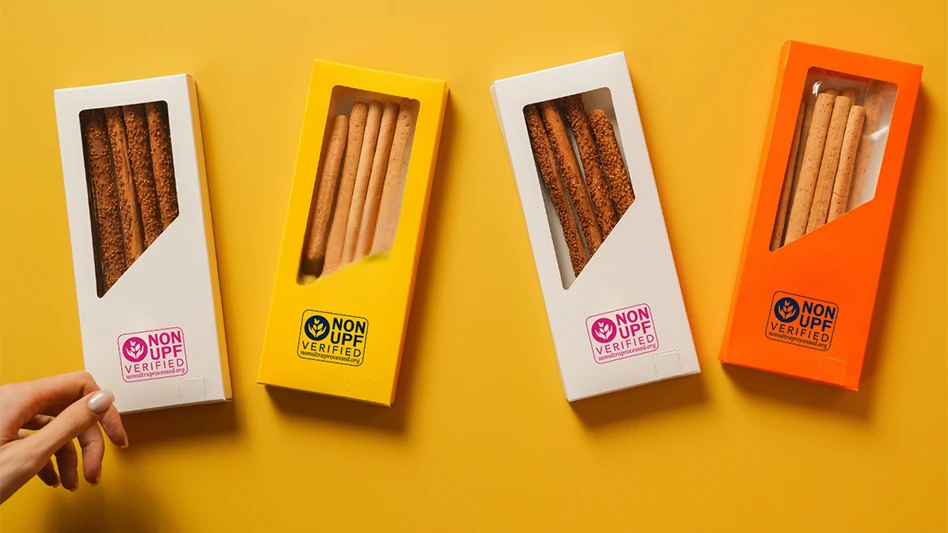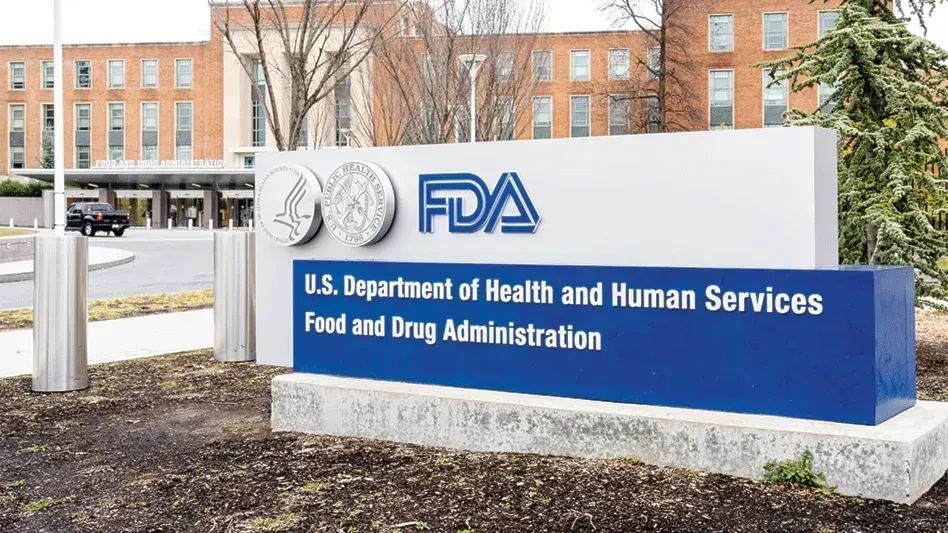
Most companies collaborate with the FDA to rapidly initiate voluntary recalls when needed and work with their supply chain partners to remove the product from shelves to prevent further distribution. Recalls generally occur quickly when a problem is discovered, but there are situations where FDA may need to provide safety advice to the marketplace to protect consumers.
FDA has taken a number of steps to address this and strengthen and modernize the process for issuing a public warning about a voluntary recall and for notification of recalls. Most recently issuing final guidance on Public Warning and Notification of Recalls that:
- outlines circumstances when a company should issue a public warning about a voluntary recall.
- describes the general timeframe for companies to issue such a warning.
- discusses what information should be included in a public warning.
- describes situations where FDA may take action to issue its own public warning should a company’s warning be deemed insufficient.
- describes FDA policy for moving forward with posting recalls to the FDA Enforcement Report (the web listing of all recalls monitored by the FDA, in some cases before a final health hazard evaluation is completed).
The draft guidance was published in January 2018 as the first in a series of policy steps to better arm consumers with information to protect themselves and their families. Over the last year FDA also issued draft guidance that describes situations where it will disclose retail information for recalled food products. And in November 2018, the agency finalized its mandatory recall guidance for foods, intended to provide answers to common questions about the mandatory food recall provisions.
FDA has already begun implementing the recommendations outlined in the final guidance. In accordance with the draft version it has issued alerts or consumer warnings related to many products like Kellogg’s Honey Smacks, recalled vegetables, romaine lettuce, angiotensin II receptor blocker (ARB) drugs like valsartan, losartan and irbesartan, and King Bio homeopathic products. In April 2018, the agency also issued the first mandatory recall order for kratom products. And, this past summer, it released detailed retail distribution information by state during a recall of pre-cut melon associated with an outbreak of Salmonella infections, so consumers could better identify where the recalled food may have been purchased or distributed.
Some may feel like they’re seeing more recalls. In actuality, for fiscal year 2018, there were a total of 7,420 recalls with 831 that were classified as the highest risk. That figure represents a five-year low in recalls. However, the reason why recall notices might seem to have increased is that FDA’s publicizing of these events has become more prominent. The agency is routinely providing more information on recalls and other safety issues that have happened; communicating more frequently and, in many cases, directly to consumers through the agency’s social media; and continuing to advance steps to modernize its efforts and to improve how it provides information to consumers. blic health.
Latest from Quality Assurance & Food Safety
- Construction Company Selected to Build Texas A&M’s New Meat Science and Technology Center
- Turkana Food Inc. Recalls Aleppo Tahini Sesame Paste
- AIB Appoints New Chair to Drive Food Safety Education and Research
- Multistate Salmonella Outbreak Linked to Sweet Cream Mini Pastries
- Dr. Emilio Esteban Leaves USDA for Mérieux NutriSciences
- USDA Confirms New Strain of Bird Flu in Nevada Dairy Cattle
- Tecnologico de Monterrey Develops Nutraceutical Corn to Address Global Food Crisis
- Eurofins Healthcare Assurance Launches GMP Certification Program for Dietary and Food Supplements





